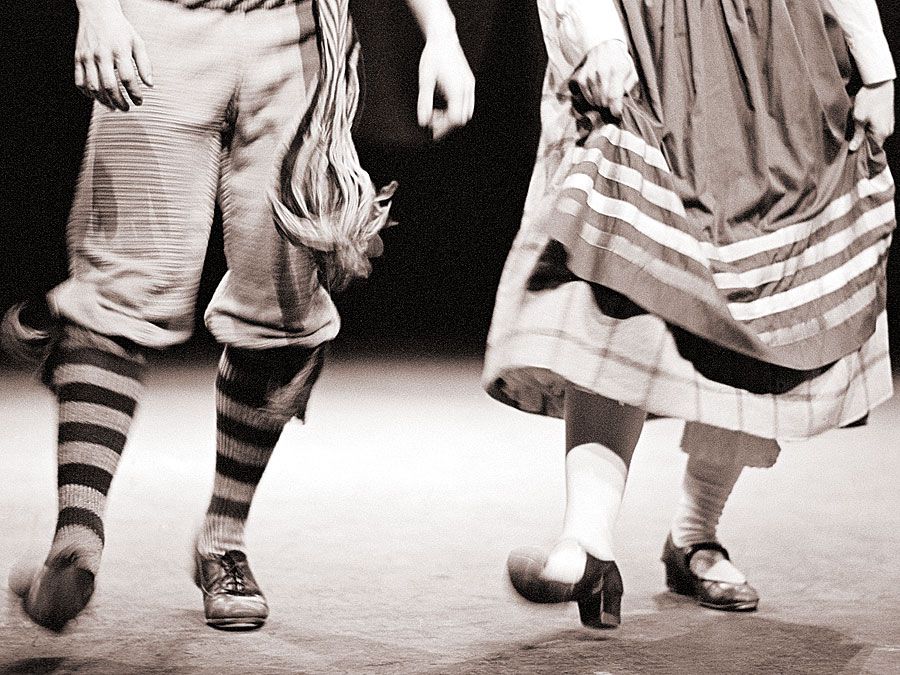Ilya Of Murom
Our editors will review what you’ve submitted and determine whether to revise the article.
- Russian:
- Ilya Muromets
Ilya Of Murom, a hero of the oldest known Old Russian byliny, traditional heroic folk chants. He is presented as the principal bogatyr (knight-errant) at the 10th-century court of Saint Vladimir I of Kiev, although with characteristic epic vagueness he often participates in historical events of the 12th century.
Unlike the aristocratic heroes of most epics, Ilya was of peasant origin. He was a decidedly unpromising child who could not walk and who lived the life of a stay-at-home, sitting on top of the stove until he was more than 30 years old, when he discovered the use of his legs through the miraculous advice of some pilgrims. He was then given a splendid magic horse that became his inseparable companion, and he left his parents’ home for Vladimir’s court. There he became the head of Vladimir’s retainers and performed astonishing feats of strength. He killed the monster Nightingale the Robber and drove the Tatars out of the kingdom.
Though generous and devoted, Ilya was always independent and showed little of the deference of vassal to lord. Once when Vladimir gave a party without inviting him, Ilya knocked down all the church steeples in Kiev in a fit of anger. When Vladimir sent for him, however, his anger was immediately mollified. Because of his simple heart, rough honesty, and obstinate strength, Ilya has remained a durable symbol to the eastern Slavs. His legend was the basis of the Symphony No. 3 (1909–11; Ilya Muromets) by Reinhold Glière.











